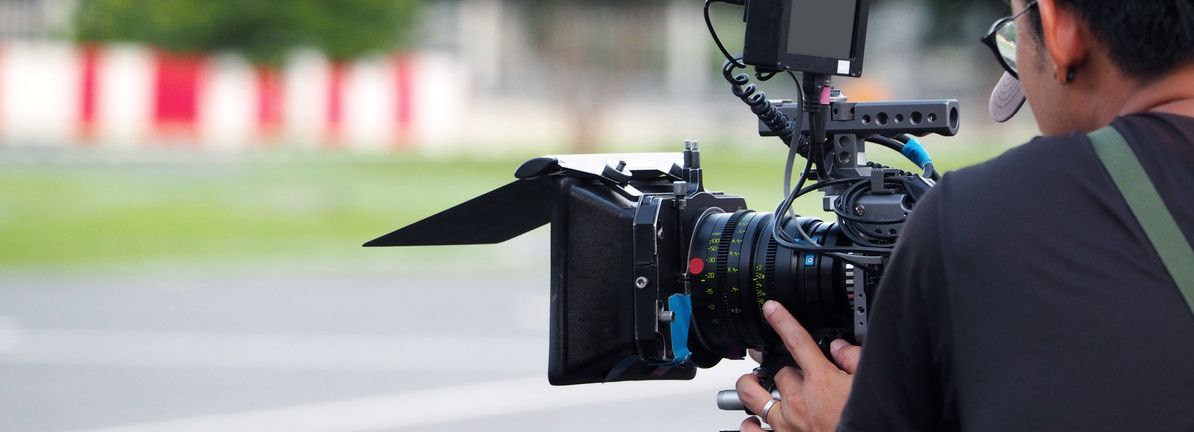- Be Sure To Check Out Fulton Financial Corporation (NASDAQ:FULT) Before It Goes Ex-Dividend
- Worldcoin Price Surge: Bulls Eye $5 Amid Market Alert Signals
- CWB reports fourth quarter and full year 2024 financial performance
- Delta Air Lines Announces December Quarter and Full Year 2024 Financial Results
- Equities are using labor data ‘as an excuse,’ strategist says
Patricia has a pension of $38,500 a year, and Don’s is $10,800 a year. This is about $50,000 combined income not including Old Age Security and Canada Pension Plan benefits.Jesse Boily/The Globe and Mail
You are viewing: Don, 75, and Patricia, 62, have invested 95 per cent of their money in stocks. Is it time to diversify?
Don and Patricia are comfortably retired with three children, six grandchildren and a house in small-town Alberta. Don is 75 years old, Patricia 62. Their children are 32, 37 and 40.
They are living mainly on their dividend income and looking for ways to help their children and grandchildren financially as well as to keep their income and estate taxes to a minimum.
Don manages the family’s investments, which are 95 per cent in stocks that “have done okay.” Their retirement spending goal is $120,000 a year after tax.
“What do we do to minimize tax on our estate?” Don asks in an e-mail.
We asked Linson Chen, a certified financial planner at RGF Integrated Wealth Management in Vancouver, to look at Don and Patricia’s situation.
What the Expert Says
Don and Patricia would like to provide some support for their three children, who have small families and mortgages, Mr. Chen says. “They also want to provide some gifting to their grandchildren.”
Patricia has a pension of $38,500 a year, and Don’s is $10,800 a year. This is about $50,000 combined income not including Old Age Security and Canada Pension Plan benefits. “This is an excellent base income that they can depend on for life,” Mr. Chen says.
A potential risk for the portfolio is its high allocation in stocks, the planner says. Don has been retired for almost 20 years, and they have lived through some volatile stock-market corrections, including the dot-com crash in 2000, the financial crisis of 2007-2008 and the COVID-19 pandemic.
“They have a high risk tolerance because they were able to weather past recessions and still maintain a high stock allocation,” Mr. Chen says. “I would suggest they dial down the risk in their portfolio.”
They are able to generate a net spendable income after tax and after inflation of about $185,000 a year until Patricia is 95, the forecast shows. This assumes they earn a 4-per-cent over inflation real rate of return. They could achieve that with a 60-per-cent stock and 40-per-cent fixed income portfolio, Mr. Chen says. Even with a more conservative portfolio, they would be able to generate more than their target of $120,000 a year.
See more : Russian Companies Now Using Bitcoin (BTC) for Foreign Trade, According to Finance Minister: Report
“I suggest they prepare their portfolio for income by putting three years’ worth of withdrawals into a cash reserve consisting of a money-market fund and laddered one- and two-year guaranteed investment certificates (GICs).” The remaining amount will be invested in a diversified portfolio.
“This strategy is used to take out the volatility of equity-based investments,” the planner says. “If the portfolio has increased in value, you then use the growth to replenish the money market fund. If the portfolio has decreased in value, you will use the maturing one-year GIC to provide income for the upcoming year.”
So, unless a stock-market decline lasts longer than three years, they should not be forced to take an income from their investments while they are declining in value.
Next, the planner looks at the couple’s tax liabilities.
They have more than $1.5-million inside their retirement accounts. Don is withdrawing the minimum required from his registered retirement income fund (RRIF) each year. “I would suggest increasing the withdrawal amount from the registered funds because it is fully taxed on the second spouse’s death.” It would pass tax-deferred to a spouse after the first’s passing. “They should get funds out of the RRIF over their lifetimes at a lower tax rate if possible as the highest marginal tax bracket is 48 per cent in Alberta.”
Patricia is 13 years younger than Don. They are able to income split their pension income at a 30-per-cent marginal tax rate while both are alive. If Don died, Patricia’s marginal tax bracket would increase to 38 per cent to maintain the same level of income, the planner says. “I suggest using both of their marginal tax brackets to reduce the potential RRIF tax liability.”
Tax-free savings accounts are great to accumulate funds for estate planning, Mr. Chen says. “You pay no taxes on the earnings so your money can grow faster. You can hold your TFSA as long as you live, and the balance can be passed to your spouse,” he notes.
“It looks like Don has been fully maximizing his TFSA and has generated some good gains inside, but Patricia has considerable contribution room available,” the planner says. “Maximize this account to provide for future flexibility and the potential to provide a tax-free estate for their children,” he says. This may require selling some stocks inside their non-registered account and triggering capital gains taxes, but this would allow for the future growth – potentially 30-plus years for Patricia – to be tax-free.
Cash gifts now would be a good financial move for them and their family, Mr. Chen says. “It allows Don and Patricia to reduce their estate value – and future tax liability – as well as to provide help to their children at a crucial point in their lives when they could best use the cash gift.” Their children’s lives are at an expensive stage, with small families to provide for and large mortgage balances.
The alternative for Don and Patricia would be to defer and accumulate the funds, pay more taxes in the future and give the money to their children as an inheritance in potentially another 30 years. In that time, their children would be at or close to retirement with less need for the money. “A cash gift now would have the best impact per dollar on the lives of their children and grandchildren.”
If they were to reduce their non-registered portfolio by $300,000 for a cash gift, they would be able to generate a net spendable income of about $175,000 a year until Patricia is 95. “They could provide a $100,000 cash gift to each child and still be able to maintain their standard of living.”
For their grandchildren, Don and Patricia can look into opening a registered education savings plan (RESP). They can contribute up to $2,500 per grandchild per year and the government will match up to 20 per cent of annual contributions to a maximum of $500 a year per beneficiary. An annual gift of $15,000 a year would allow them to maximize the annual RESP contributions for all six grandchildren, Mr. Chen says, while reducing the value of their own estate and reducing their potential tax liability in the future.
This would also be a huge help for their children as well, knowing that their own children’s education is fully or partly provided for, reducing the pressure to save for higher education.
See more : Progress Made in Healthcare as Flexible Financing Gains Traction
Mr. Chen did not include the equity in their home in his calculations. “The value of the home can be passed to their children tax-free under the principal residence exemption.”
Client Situation
The people: Don, 75, Patricia, 62, and their children and grandchildren.
The problem: How to help the couple’s family financially without jeopardizing their own financial security. How to keep income and estate taxes to a minimum.
The plan: Draw down their RRIFs during their lifetime. Use the extra income to gift to family. Set aside three years of liquid investments in case of a market downturn. Lower stock-market risk in their portfolio by shifting to 40-per-cent fixed income. Gift $100,000 to each child now and open an RESP for each grandchild.
The payoff: Goals achieved.
Monthly net income: $10,000.
Assets: GICs and term deposits $120,000; non-registered stocks $950,000; mutual funds $110,000; his TFSA $204,000; her TFSA $7,000; his three RRIFs $1,486,000; her RRIF $35,000; residence $700,000. Total: $3.6-million.
Estimated present value of Don’s pension $106,905; estimated present value of Patricia’s pension $563,755. This is what someone with no pension would have to save to generate the same income.
Monthly outlays: Property tax $415; home insurance $500; electricity $400; heating $200; maintenance $500; transportation $950; groceries $1,600; clothing $85; gifts, charity $415; vacation, travel $250; personal care $150; dining, entertainment $165; pets $250; sports, hobbies $500; subscriptions $85; health care $125; health, dental insurance $450; life insurance $300; phones, TV, internet $300; her RRSP $250; TFSAs $665. Total: $8,555.
Liabilities: None.
Want a free financial facelift? E-mail [email protected].
Some details may be changed to protect the privacy of the persons profiled.
Source link https://www.theglobeandmail.com/investing/personal-finance/financial-facelift/article-don-75-and-patricia-62-have-invested-95-per-cent-of-their-money-in/
Source: https://summacumlaude.site
Category: News





